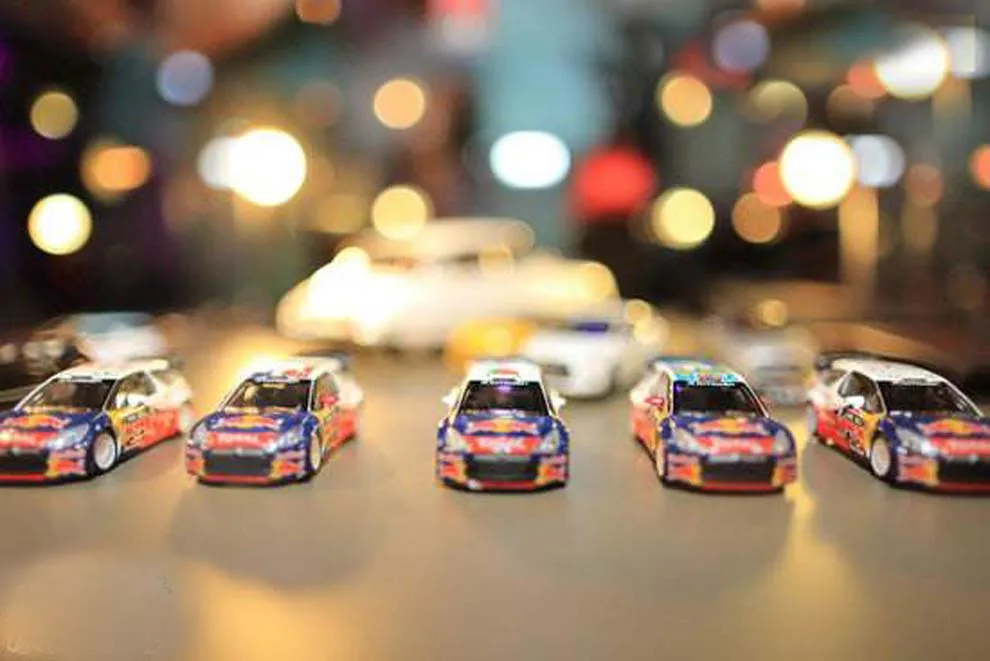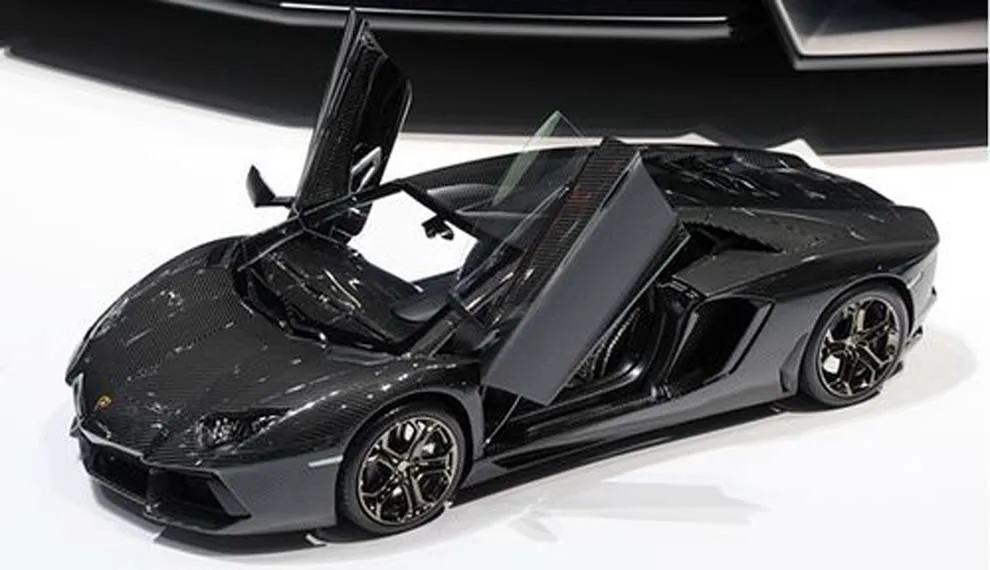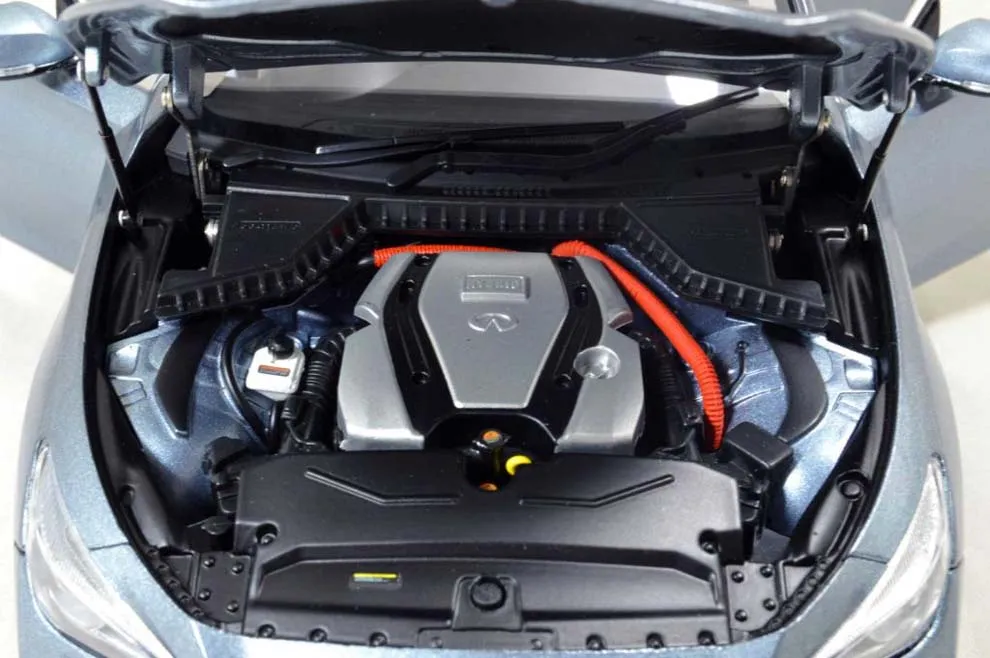What Are Diecast Model Cars?
Diecast model cars are miniature replicas of real-life automobiles, meticulously crafted using a unique manufacturing process. The term “diecast” refers to the method of production, where molten metal (typically zinc alloy) is injected into molds under high pressure. This process allows for intricate detailing and precise replication of the original vehicle’s design. These models come in various scales, with the most popular being 1:18, 1:24, and 1:43, meaning the model is 1/18th, 1/24th, or 1/43rd the size of the actual car. Diecast model cars are not mere toys; they are highly sought-after collectibles, prized for their accuracy, craftsmanship, and nostalgic value. They appeal to a broad audience, from casual enthusiasts to serious collectors, and represent a fascinating intersection of engineering, art, and history.
The History of Diecast Models
The history of diecast model cars is a testament to the evolution of manufacturing and the enduring appeal of miniature replicas. The earliest diecast toys emerged in the early 20th century, initially made from lead. However, the process and materials evolved over time, with the introduction of zinc alloys and improved manufacturing techniques. Dinky Toys, Corgi Toys, and Matchbox are some of the pioneering brands that shaped the diecast model car industry, creating iconic models that are still highly valued by collectors today. The post-World War II era saw a surge in the popularity of diecast models, coinciding with the rise of the automobile as a symbol of modern life. Manufacturers began to focus on creating more detailed and realistic models, incorporating features like opening doors, detailed interiors, and accurate paint finishes. This era set the stage for the sophisticated and highly collectible diecast models we see today.
The Benefits of Diecast Model Cars

Diecast model cars offer a multitude of benefits, far beyond their aesthetic appeal. They provide a tangible link to the past, allowing enthusiasts to own a piece of automotive history. These models can be a source of relaxation and stress relief, providing a calming hobby to enjoy. They foster a sense of community among collectors, creating opportunities for shared interests and social interaction. Owning diecast model cars can also be a surprisingly educational experience. They provide insights into automotive design, engineering, and manufacturing processes, and they can spark curiosity about different car models and brands. Moreover, diecast models can be a smart investment, with rare and limited-edition models appreciating in value over time. They are a versatile hobby that combines historical appreciation, creative expression, and potential financial gain.
Collecting Diecast Model Cars A Rewarding Hobby
Collecting diecast model cars is a rewarding hobby that offers both personal satisfaction and social benefits. It allows you to curate a personal collection that reflects your tastes, interests, and passions. The pursuit of rare and valuable models can be an exciting challenge, driving you to learn more about the automotive world and the history of the brands you admire. Collectors often find a sense of camaraderie with other enthusiasts, sharing knowledge, experiences, and the thrill of the hunt. Joining model car clubs, attending shows, and participating in online forums are great ways to connect with fellow collectors. The hobby also offers a creative outlet, with many collectors customizing and modifying their models to create unique pieces. Collecting is more than just acquiring model cars; it’s about building a community and celebrating a shared love of automobiles.
Educational Value Learning Through Models
Diecast model cars offer significant educational value, particularly for those interested in automobiles, design, and engineering. They provide a tangible way to learn about car models from different eras, including their styling, mechanical features, and historical significance. Examining the details of the model, such as the engine, interior, and bodywork, can provide insights into how real cars are constructed and function. Model collecting encourages research and learning about the real-life counterparts of the miniatures, from the history of the car model to the brand. This hobby can teach children and adults alike about different car manufacturers, design philosophies, and the technological advances over time. The educational aspect extends beyond automotive history, as collecting diecast models fosters an appreciation for art, craftsmanship, and the evolution of industrial design.
Investment Potential Diecast Models as Assets

Diecast model cars can offer impressive investment potential, especially for collectors who are knowledgeable and strategic in their acquisitions. Certain models, particularly those that are rare, limited edition, or associated with a significant historical event, can appreciate substantially in value over time. Factors that influence the investment potential include the manufacturer, the scale of production, the condition of the model, and the collectibility of the real-life car it represents. Researching market trends, understanding the demand for specific models, and carefully documenting your collection are crucial for maximizing investment returns. Furthermore, preserving models in their original packaging and maintaining their condition is essential for preserving and enhancing their value. While diecast models shouldn’t be considered a primary investment, they can provide a diversified portfolio and the satisfaction of owning a valuable asset.
Displaying and Showcasing Your Collection
Displaying and showcasing your diecast model car collection is an integral part of the hobby. It allows you to share your passion with others, protect your models, and create an attractive visual display. There are several ways to exhibit your models, from custom-built display cases to shelves, cabinets, and shadow boxes. Consider the scale of your collection, the available space, and the overall aesthetic you wish to achieve. Lighting is important for highlighting the details of your models; LED spotlights or track lighting can enhance the visual appeal. Proper organization is also key. Arrange your models by brand, model, era, or any other theme that appeals to you. Regular cleaning and maintenance are essential to protect your collection from dust and damage. The goal is to create a display that is visually appealing and reflects your personal style and collection.
The Future of Diecast Model Cars
The future of diecast model cars looks bright, with the hobby continuing to evolve and adapt to changing trends. Advancements in technology are playing a role in model manufacturing, with improved details, materials, and accuracy. The rise of online communities and social media platforms has increased the accessibility of the hobby, connecting collectors from all over the world. Demand for high-quality models remains strong, with manufacturers catering to a growing market of both casual enthusiasts and serious collectors. The future may see the emergence of new scales, materials, and customization options, further expanding the scope and appeal of the hobby. The enduring fascination with automobiles, combined with the inherent appeal of miniature replicas, suggests that diecast model cars will continue to be a cherished hobby for generations to come.
